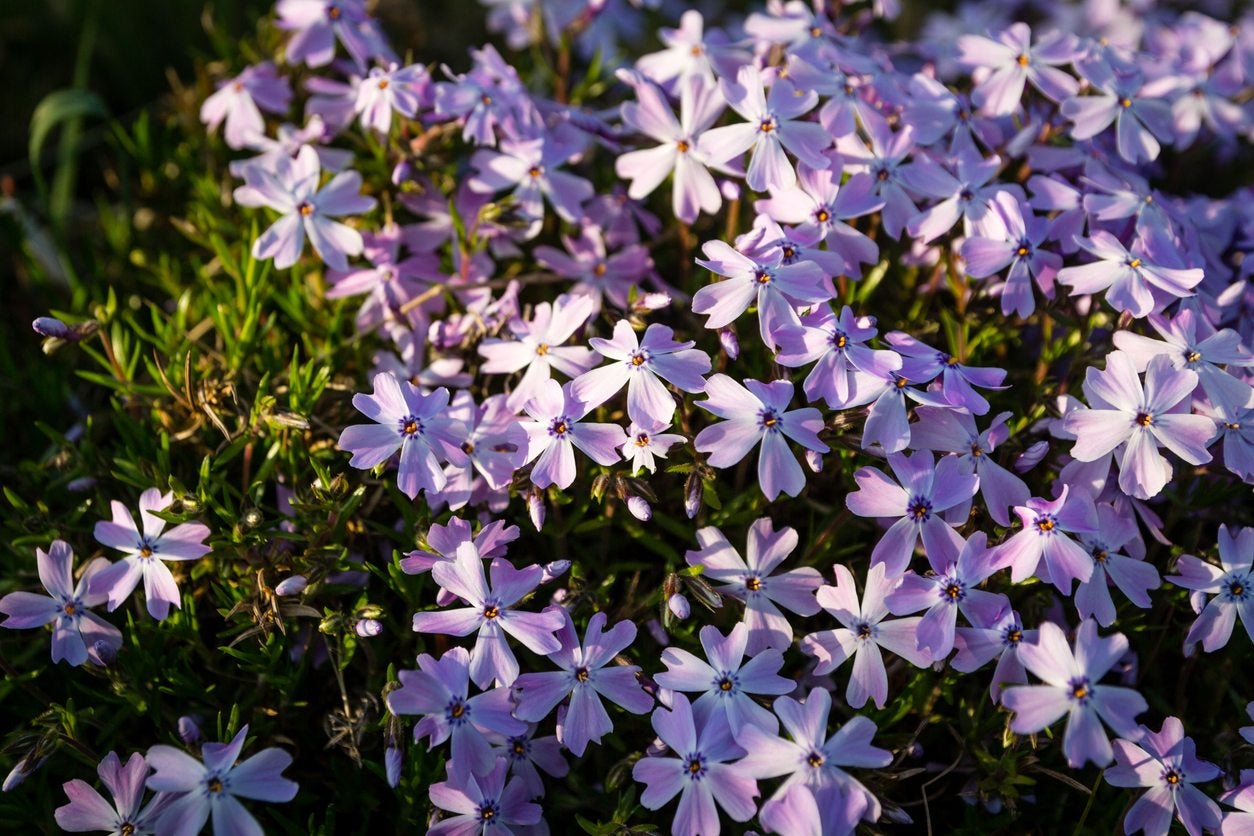Zone 6 Ground Covers – Growing Ground Cover Plants In Zone 6 Gardens


Ground covers serve a multitude of purposes. They conserve moisture, repel weeds, provide seamless transitional green spaces, reduce erosion, and more. Zone 6 ground covers must also be hardy to temperatures that may plummet below -10 degrees Fahrenheit (-23 C.).
USDA ground cover plants in zone 6 are also often exposed to long, hot summer temperatures and must, therefore, be very adaptable to a wide range of weather conditions. Choosing hardy ground cover plants also depends upon the height, growth rate, foliage type, and other site characteristics desired.
Growing Hardy Ground Covers
Ground covers can be used as an alternative to a lawn as well as a mulching substitute. Persistent, evergreen ground covers can also hide a multitude of eyesores, and no one is the wiser.
The options for hardy ground covers actually range from evergreen, perennial, flowering, fruiting, tall, short, fast- or slow-growing, and many more in between. This gives the zone 6 gardener many more choices than traditional ground covers, which may not survive in cold winters.
Foliage Ground Covers for Zone 6
Many plants that offer outstanding foliage options are useful as ground covers. There is much to be said for a constant green carpet across the landscape. Persistent greenery has the advantage of year-round beauty and ease of care. Some of the classics often used as ground cover include vinca, ivy, creeping juniper, or wintercreeper. Each of these is a tough, tenacious plant that will gradually cover an area with vibrant greenery.
Plants like variegated ground ivy, bronze dutch clover, and golden creeping speedwell offer unparalleled color and durability. Creeping Mahonia is a native plant that has bronze-edged leaves in fall and produces bright, yellow blooms. Many of the heath and heather species are hardy in zone 6 and have dense, feather foliage with tiny, bell-like pink to purple flowers.
Selaginella looks a bit like tiny hands and has a soft, almost mossy feel. Lilyturf adds drama to the landscape with strappy foliage that can also be found in silvery variegation. There are many ground covers from which to choose in zone 6. The problem is narrowing the choices down for your site and visionary needs.
Sign up for the Gardening Know How newsletter today and receive a free copy of our e-book "How to Grow Delicious Tomatoes".
The term "ground cover" is a little flexible, as this is traditionally used to mean low-growing plants that spread, but modern uses of the term have become more broad to include mounding plants and even those that can be grown vertically. Try any of the following as ground cover plants in zone 6:
Flowering Zone 6 Ground Covers
Nothing says spring like a hillside covered in flowers. This is where hardy ground cover plants like blue star creeper or bugleweed come into play. Each will decorate any area quickly with flowers and charming foliage in shades of blue to deep purple.
Sweet woodruff runs along shady zones in the garden, with delicate, finely turned white blooms. Lamium, or deadnettle, spreads quickly and often has variegated foliage with sweet pink to lavender flowers.
Hardy herbs like red thyme, golden oregano, and creeping raspberry add culinary tones to the garden along with their bright blooms. Other flowering plants to try might be:

Bonnie Grant is a professional landscaper with a Certification in Urban Gardening. She has been gardening and writing for 15 years. A former professional chef, she has a passion for edible landscaping.